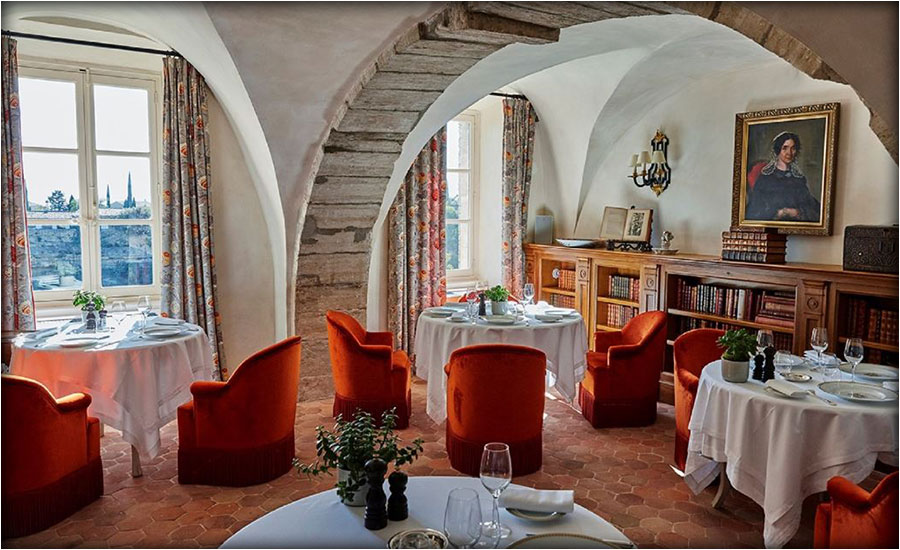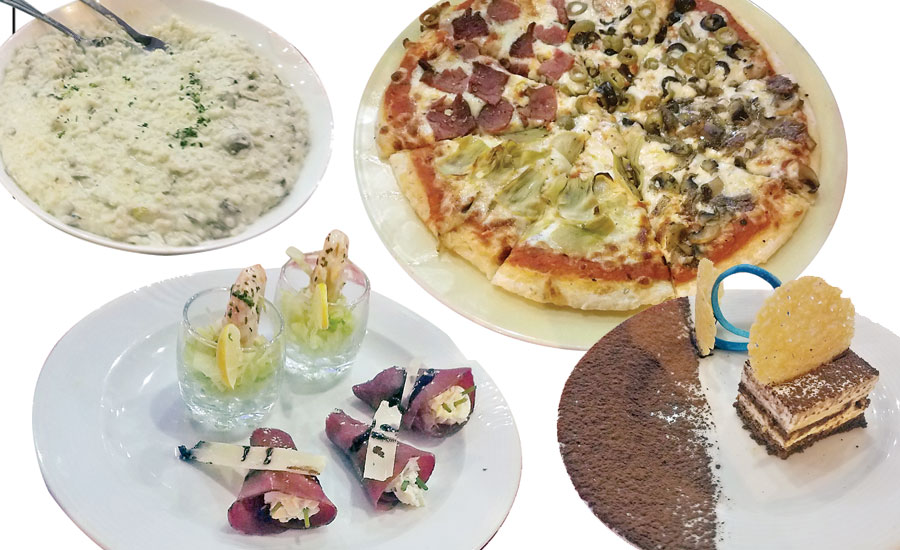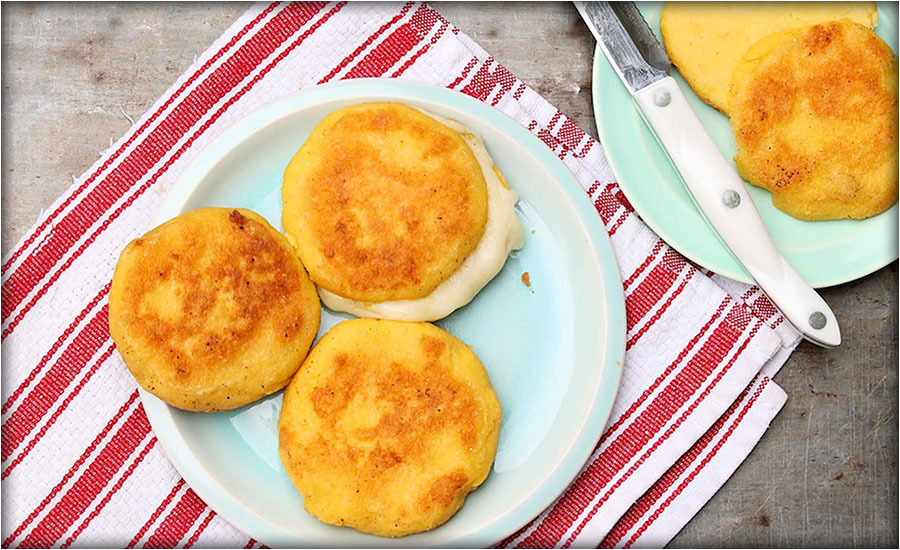Laugarvatn Fontana, Iceland
- 06 Apr - 12 Apr, 2024

Gordes, the most spectacular of the Luberon's perched villages, probably required an ultra-spiffing hotel. After an £18 million rip-out-and-rebuild refurb, this is it. A whisper from the centre of Gordes, and hanging over the village valley, where cypresses and holm oaks soften sheer sides, the site is unbeatable. Provençal villages like Gordes flatter the well-heeled with a tough past which may not legitimise luxury, but certainly gives it a richer seam. The Bastide's renewal (the hotel re-opened late June 2015) honours this with a cocktail of historical themes which works a treat. Rooms are Louis XV-ish, and bar and restaurant are wood-panelled to 19th-century standards. The Michelin chef, Pierre Gagnaire's gastronomic restaurant – Pèir – has an exquisite menu waiting for its guests, but the hotel also owns a more affordable option, Bastide de Pierres trattoria, just up the road. It also offers a pool for families and a longer item for determined swimmers, and a spa with its indoor pool.

The renowned Italian cooking expert, Ms. Fabrizia Panzani, honoured Karachi with her presence and prepared an exclusive signature Italian menu, in collaboration with Italian Consulate, at the Mövenpick hotel. The food promotion ran for about 10 days where Karachiites enjoyed some authentic flavours straight from the land of the Leaning Tower of Pisa. Ms. Panzani has been living in the Asia-Pacific for the past 20 years and aims to continue helping Italian flavours to prosper throughout the region. The food fest of sorts was inaugurated by Italian Consul, Dr. Gianluca Rubagotti, while the guests on the opening night were greeted with a sight of striking Italian art displayed outside the restaurant, La Mamma. At the red carpet were served shrimp cocktails (juicy shrimps served in a shot glass on a bed of iceberg lettuce and coated with cocktail sauce) and thinly sliced cured meat wrapped like crêpe around soft cheese and chives, and topped with cheese shavings along with a dark sauce. A cold potato salad topped with mince in citrus dressing was served as the first course and was packed with refreshing flavours. A beautiful glossy seafood soup was another hit from the menu. The colour, aroma, taste – this well-seasoned broth deserved full marks on everything!
The pizzas on the menu were among the most enjoyed dishes, a favourite in our city too, so the guests had high expectations from them. The crowd instantly took to the thin crust, brick oven-baked pizza quattro stagioni – a variety that is prepared in four sections with diverse ingredients, with each section representing each season of the year – and pizza quattro formagi (four cheese). Well seasoned, creamy rich risotto was next. Even though the rice left much to be desired, it’s champion white sauce became the dish saver. My personal favourite was the penne pasta tossed in red sauce; the perfectly al dente pasta tasted out of this world in a hot tomato sauce and with a surprise crunch from toasted pine nuts. The delectable tasting was concluded with a heavenly tiramisu that was as appealing visually as to the palate. The Italian delicacies on the menu were some of the most popular dishes not only in Italy but also in Karachi and it was quite interesting, and incredibly delicious, to be able to devour them in their utmost authentic state. – SK

Arepa is a type of pre-Columbian food made of ground maize dough or cooked flour prominent in the cuisine of Colombia and Venezuela. It is eaten daily in those countries and can be served with accompaniments such as cheese, cuajada (fermented milk) or avocado, or split to make sandwiches. Sizes, maize types and added ingredients vary its preparation. Throughout its history, the arepa has stayed mainly unchanged, making it one of the few pre-contact traditions that have remained popular in the years since colonisation.
To prepare it, the flour is mixed with water and salt, and occasionally oil, butter, eggs, and/or milk. Because the flour is already cooked, the blend forms into patties easily. After being kneaded and formed, the patties are fried, grilled or baked. A 100g serving of arepas provide approximately 219 calories; 5g fat, 5g of protein, 37g of carbohydrates, 5mg of cholestrol, 270mg of sodium and 88mg of potassium.
COMMENTS